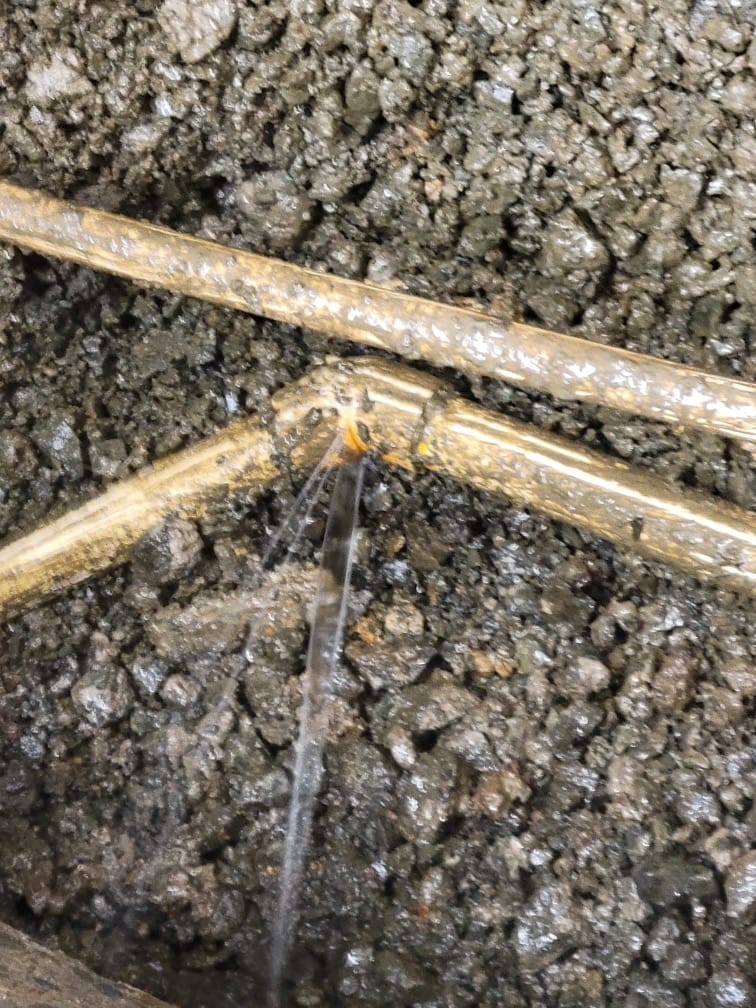Why find an Underground Water Leak?
There are a few reasons to find an underground water leak. One its costing you money all day everyday. Two its damaging the ground and or structures possibly. Three there is only so much water on the earth.
How Do We Do It?
Here are the steps we take when we arrive on a property with a potential underground water leak.
- We “time” the meter or perform a “meter test“. This means we read your meter for one minute, determine the amount of water that goes through meter in that minute. We then convert this to gallons per minute and gallons per day. An underground water leak that is .1 gallons per minute uses 144 gallons per day. Picture 144 gallons of milk in your yard and you get an idea of how even the smallest underground water leak can affect your home and yard, as well as your pocketbook.
- We then use a sonic listening device to listen to every water connection we can, this will sometimes point us in the direction of where to look but not always. What we are doing is listening for the sonic noise a leak makes. Based on the volume or lack there of we can determine if leak is close or far from spot we are listening to.
- We attempt to locate the path of your pipe or line as we call it. Proper terminology would be “service line” or “main line”. We do this with an electronic locater if line has a locate wire or if line is metallic. Special note on metallic pipe; If your line is determined to be galvanized steel pipe we may choose to stop leak detection at this point. The reason for this is that galvanized steel pipe is almost unrepairable and plumbers would rather not take on the liability. Therefore we recommend not attempting to find and repair leak but rather replace line. “Save your money on leak detection and use toward line replacement”.
- We then turn you water off, no water can be used inside the home after this is done. A small hose with inert gas (nitrogen) is hooked into your water system and gas is slowly fed until it reaches the leak. We then use the same sonic listening device with a microphone to listen through the earth and pinpoint your leak.
- After leak is heard we then induce a traceable or detectable inert gas (96% nitrogen, 4% hydrogen non-flammable) and use what we call a sniffer to confirm spot of leak.
- The spot is then marked with a blue X or flag. If locates are called in we will sometimes excavate to confirm leak also.
